A group of researchers from Canada’s Ontario Tech University developed a novel multigeneration system that is able to provide electricity, hydrogen, cooling, heating and hot water.
Driven by solar heliostat technology, the proposed system uses microbial electrolysis cells (MEC) to produce hydrogen and pumped hydro and compressed air for storing surplus power.
The operation of the system includes a few main operations. First, a solar heliostat system generates thermal energy that is used to heat a molten salt mixture. This mixture, in turn, is utilized to preheat compressed air in the gas turbine cycle and produce steam for the creation of electrical energy via a Rankine cycle.
The power generation component has two parts – one for charging and the other for discharging. In charging mode, surplus energy from the Rankine cycle is used to compress air and is stored in underground caverns. During the discharge mode, the compressed air is reheated to generate electricity with the use of a few heat exchangers.
As for hydrogen generation, The MEC processes utilize wastewater obtained from a municipal wastewater treatment facility as feedstock, letting microorganisms break down organic matter and creating H2 as a byproduct.
A cooling cycle, or a heat pump cycle, is further used to provide cooling for residential and industrial use. It utilizes waste heat in the process, heating an R134a working fluid. Pump hydro storage is also integrated into the system to store excess energy and release it when needed.
The system was modeled for operation in the Australian city of Kalgoorlie-Boulder, due to its high solar irradiance and pre-existing mining infrastructure, which facilitates caverns. The simulations were conducted using the Engineering Equation Solver software.
“The proposed multigeneration system is highly adaptable and can be modified for deployment in other regions with distinct resources and limitations. The system can be adjusted to incorporate wind energy as an extra renewable input in areas with lower solar irradiance,” the academic suggested. “Photovoltaic panels can be used in place of concentrated solar power (CSP) systems in urban areas when there is limited acreage available for heliostat fields.”
The group determined 52 system state points and key system parameters to simulate the system and found that, in discharging mode, it can generate 30,703.4 kW of electricity and provide 77.39 kg/s of space heating output.
“The multigeneration system demonstrated energy and exergy efficiencies of 32.05% and 37%, respectively, in charging mode, and efficiencies of 56% and 65% during discharging mode, indicating effective performance,” they added. “The energetic and exergetic coefficients of performances (COPs) for the absorption system are found to be 4.56 and 0.19, respectively.”
The system was also found to produce 5366.45 kW of net electrical power, 2.39 kg/s of heating output, 2 kg/s of cooling output, and 50 kg/s of hot water output during charging mode. It also generated H2 at a rate of 0.05 kg/s. “A thorough techno-economic analysis is required to assess the financial viability of the system at this site, considering installation costs, operational expenses, and payback periods,” the academics concluded.
The system was presented in “Design and performance assessment of an integrated energy system with compressed air and pumped hydro storage,” published in the Journal of Energy Storage.
This content is protected by copyright and may not be reused. If you want to cooperate with us and would like to reuse some of our content, please contact: editors@pv-magazine.com.
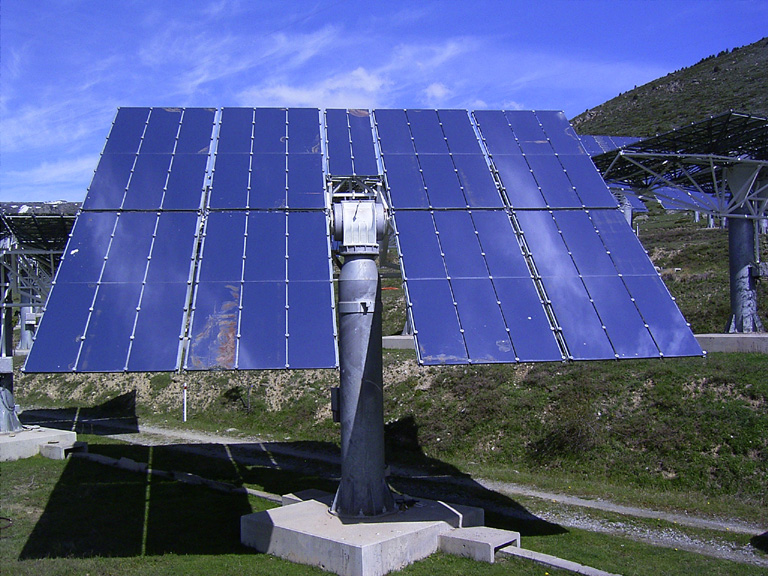
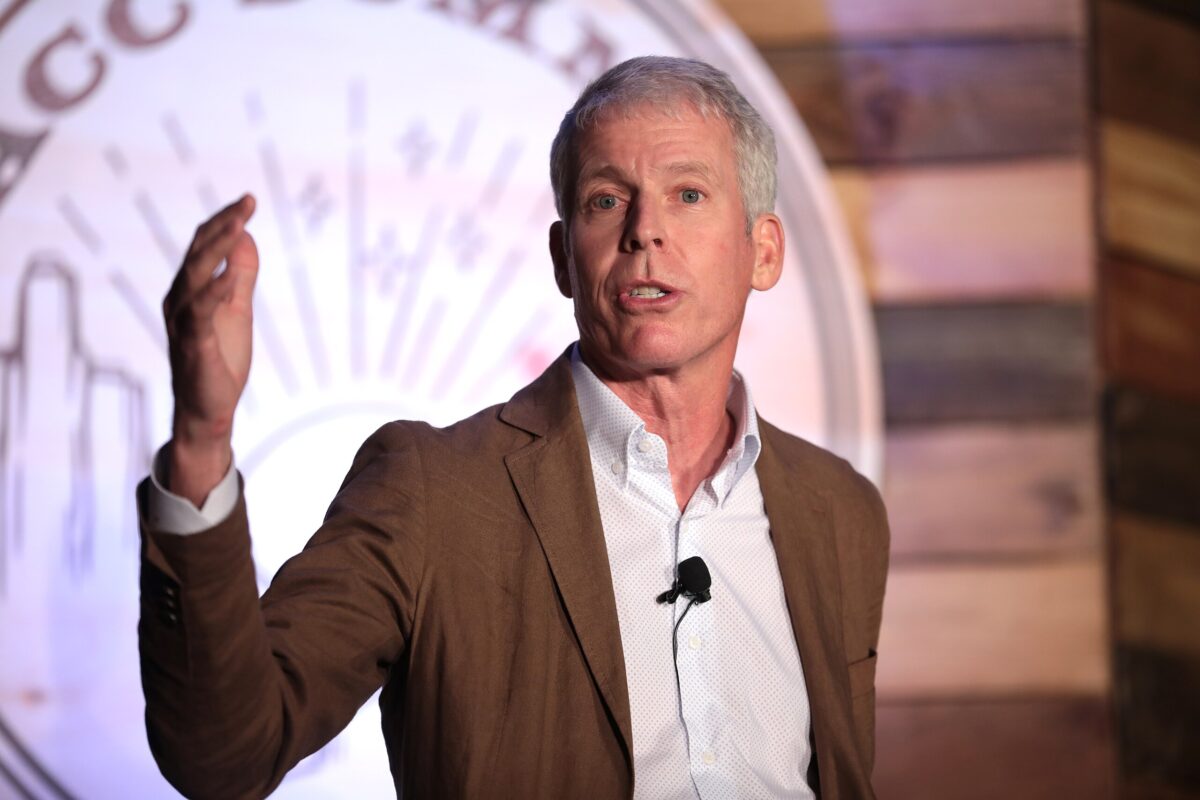



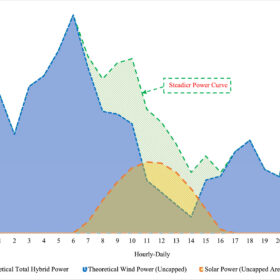
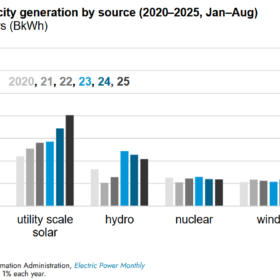
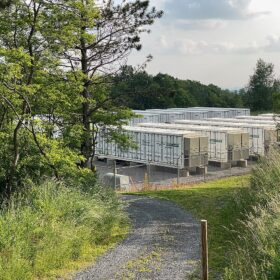
I would be overly cautious of this. Despite the analysis and simulations, many factors must come together to enable the system to perform as planned. What if you do not have underground caverns to store the compressed air? The size of the cavern will dictate the amount of air needed to initially fill the cavern and bring it up to a suitable pressure that a release can be used to generate power. Consequently, a large number of these individual heliostats may be needed to make that portion of the system practical. For hydrogen, what is the generation rate using a biologic to produce it? How will you store it? If you want to pressurize it even slightly to optimize the storage vessel, that will require an energy input. Will the stored hydrogen energy value be greater than the energy to compress it? And what about losses of hydrogen in that total system? And what if you do not have access to a wastewater stream to begin with? Pumped hydro? Where can you do that, and how much water are you talking about moving? Can you raise it to a sufficiently high level to create the necessary head pressure and flow to make that feasible? What is the size of the hydro-turbine used to produce the electricity?
Add to all of this the round-trip energy losses. The article mentions various kW of energy. That is capacity, not useable energy in kWh, or is that an error in the article? And lastly, they say there is so much energy for space heating. Where and what is the facility you are going to heat relative to these heliostats? You aren’t going to move thermal energy for space heating very with any efficiency. During my years in the energy field, I have encountered system designs that feature multiple energy streams; however, in almost every case, when I request a heat and material balance, the calculations don’t add up. Computer simulations are only as good as the algorithms and input data. Often, practicality and logic are not included. I would be fine to be proven wrong, but I think this process is overly optimistic.